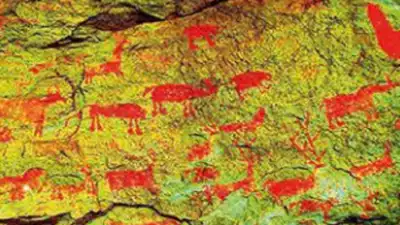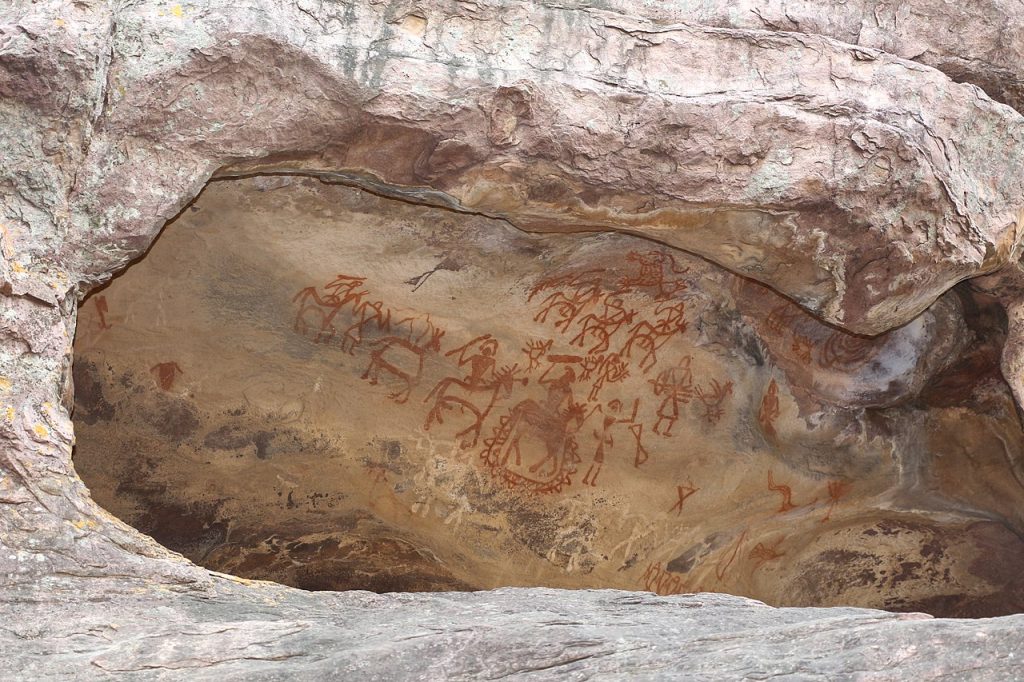Tsuktiben Jamir
With its rich culture and art, India weaves a vibrant tapestry that has mesmerised people worldwide for centuries. From awe-inspiring ancient monuments and temples to lively festivals and diverse traditional crafts, India offers its locals and visitors a treasure trove of experiences. The country’s cultural heritage is a testament to its glorious past, showcasing a mesmerising array of dance forms, classical music, exquisite handicrafts, and intricate architecture, embodying its traditions’ depth. By embracing and showcasing this cultural wealth, India has the potential to unlock a tourism boom, attracting global travellers who yearn to immerse themselves in its unparalleled cultural landscape and forge meaningful connections with its warm and hospitable people. Through the preservation and promotion of its rich cultural heritage, India can not only boost its tourism industry but also foster a deeper appreciation and understanding of its diverse heritage on a global scale.
The depth and breadth of India’s cultural legacy extend well beyond the known recorded past. Prehistoric India’s great diversity and richness provided a warm refuge for ancient nomads drawn to the region by its advantageous geographical characteristics. India provided sustenance, protection, and a blank canvas for creative expression with its network of flowing rivers, tropical jungles, monsoons, and hundreds of rock shelters. These country-wide ancient ruins conceal fascinating tales just waiting to be found.

Courtesy: The Times of India.
The Indian subcontinent’s archaeology spans a historical period as vast as the continent itself. From the sophisticated Indus Valley civilisation that flourished from 2500 BCE to the discovery of prehistoric stone tools at the Attirampakkam site in Tamil Nadu going back 2.6 million years, India’s ancient civilisations have left an undeniable impact on the region’s cultural and historical history. Human migration was significantly influenced by the well-planned cities of Mohenjo-Daro and Harappa, which displayed sophisticated urban design and craftsmanship; these cities left an enduring impact.
Exploring the Indian subcontinent’s archaeology enriches our knowledge of human history and reveals the depth of ancient Indian civilisations. With several notable upper Palaeolithic rock art sites, Central India, in particular, has become a centre for a rich rock art history. By offering concrete proof of the existence of early humans and acting as a tribute to their creativity and cultural legacy, these sites have played a crucial role in illuminating the development of human artistic endeavours and cultural practises across millennia.
The Bhimbetka rock shelters are one of India’s most well-known ancient sites. Bhimbetka, a site in Madhya Pradesh uncovered in 1957 by renowned archaeologist Padam Shri VS Wakankar, has provided significant insights into the area’s ancient cultural and aesthetic practices. Bhimbetka, inhabited by people for tens of thousands of years, from the upper Palaeolithic to the mediaeval era, properly attained the status of UNESCO World Heritage Site in 2003. One may observe the development of creative styles, the portrayal of daily life, and the rich symbolism in these ancient artworks by exploring the rock shelters.
In 2007, freelance archaeologists made a groundbreaking discovery on the border of the Amravati and Betul districts, adding another important prehistoric site to India’s archaeological map. This site boasts hundreds of cave shelters adorned with an extensive collection of rock paintings and engraved art pieces. Exploring these caves opens a gateway to the past, allowing us to glimpse into the lives of our ancestors, their creativity, and their connection with the natural world.
In addition to the potential for economic gain, the expansion of cave art tourism offers opportunities to establish jobs in hospitality, tourism services, guiding, transportation, conservation, and research. However, balancing generating economic gain and protecting the ancient sites is crucial. Adopting sustainable tourism practices guarantees the preservation of these priceless art pieces and the surroundings in which they are located, allowing future generations to enjoy and benefit from them.
India’s prehistoric treasures are not merely relics of the past; they are windows into our shared human history. By celebrating and promoting these invaluable archaeological sites, India can showcase its unique cultural heritage to the world. Exploring rock art sites allows visitors to embark on a captivating journey through time, deepening their appreciation for India’s prehistoric cultures and fostering a profound connection with our collective human heritage.

Contributor






